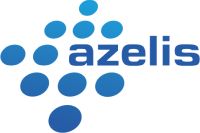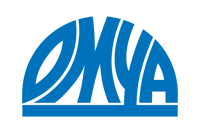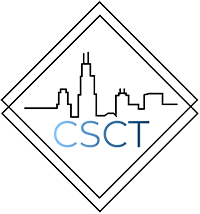Short Courses
Wednesday, September 3, 2025
Coatings Trends & Technologies Summit is expanding its offerings with four short courses.
These short courses will offer an extensive day of interactive learning.
Performance by Design: The Art and Science of Binder Technologies in Powder Coatings
9:00 AM - 12:00 PM
Participants will learn:
- Where powder coatings are used and their benefits vs. liquid coating technologies
- The components of a powder coating formulation, including binder selection
- How powder coatings are manufactured and applied
- Test methods for evaluation of coating performance
Binder technologies form the cornerstone of powder coating formulations, driving critical performance attributes such as UV durability, corrosion resistance, and aesthetic appeal. In this short course, we will examine the primary types of binder systems used in powder coatings, with in-depth discussions on resin and crosslinker selection, crosslinking mechanisms, and strategies to tailor formulations for specific performance requirements.
The course also features focused explorations of advanced topics, including matting techniques specific to binder type and approaches to formulating the low-temperature-cure powder coatings that are essential for heat- sensitive substrates, high-metal-mass parts, and energy efficiency.
Through detailed discussions, practical examples, and technical insights, participants will leave with the tools to confidently navigate the complexities of resin selection and formulation. Whether you’re a formulator, raw material supplier, applicator, or end user looking to deepen your understanding of powder coatings, this course provides a foundation for building expertise in the field
Rheological Additives in Latex Paint Formulations: How to Select Them and Adjust Viscosity to Obtain the Best Workability and Stability
1:00 PM - 4:00 PM
Participants will learn:
- Selection of rheological additives based on research in real-life formulations
- Differences between particular types of rheological additives
- Conducting formulating work and rheological measurements in the lab
- Using several rheological additives in formulations to ensure maximum workability of the paints
- The influence of rheological additives on other coating parameters (e.g. scrubbability, water sensitivity) and correct use before being introduced into the formulation
A practical guide to rheological additives in latex paints, including cellulose ethers, clays, HEUR, and HASE/ASE thickeners. Step-by-step discussion of the selection of rheological additives based on research procedures, taking into account obtaining initial viscosity, and stabilizing viscosity over time, including storage stability, tintability as tint viscosity stability, as well as viscosity in the entire area of shear forces (Brookfield, Stormer, ICI-CAP), with attention to secondary rheological properties such as brush/roller drag, spattering, sagging, leveling.
 Dr. Artur Palasz
Dr. Artur PalaszTechnical Director
Spektrochem
Formulating for Industrial Coatings
1:00 PM - 4:00 PM
Participants will learn:
- How to select the appropriate resin for different applications
- Different curing mechanisms
- Identification and troubleshooting of common coatings defects
In this course we will cover strategies to maximize the performance of industrial coatings systems. We will highlight raw materials and how they affect the physical properties such as corrosion resistance, adhesion, the balance on hardness and flexibility… We will cover the main raw materials used in industrial coatings (resins/binders, pigments, solvents and additives) and formulation methods to achieve the optimum balance of properties. Also covered will be cure mechanisms and how to optimize resin choice.
 Michael Praw
Michael Praw
Senior Applications Scientist
Indorama Ventures
















